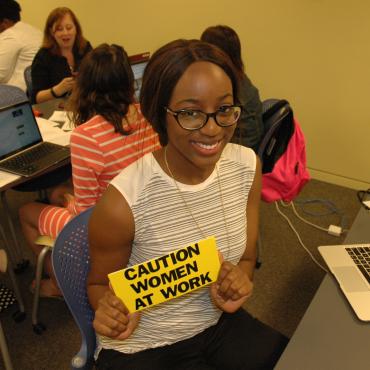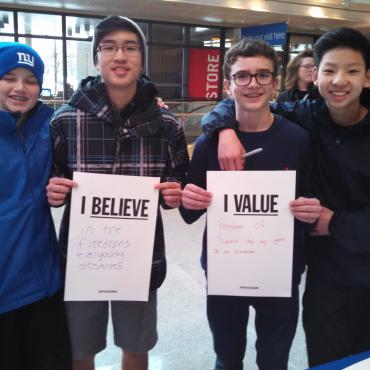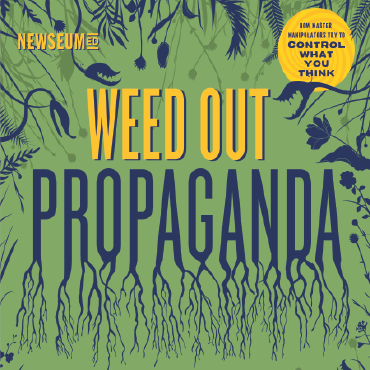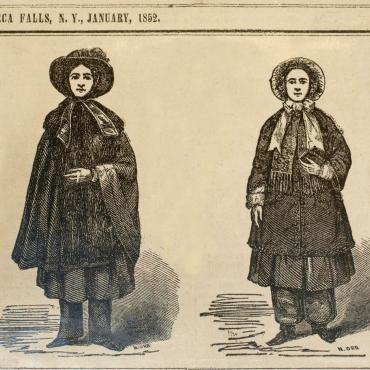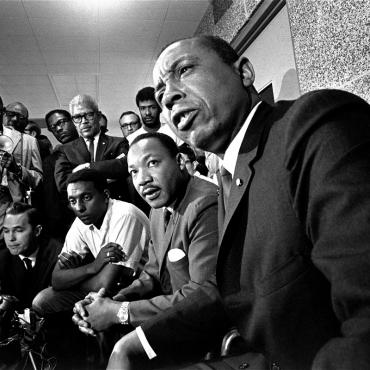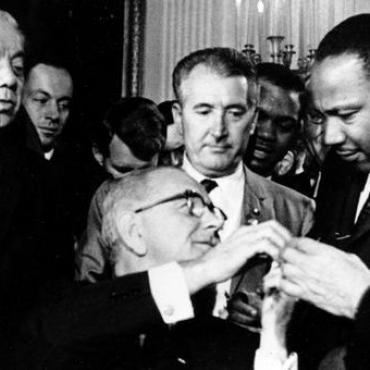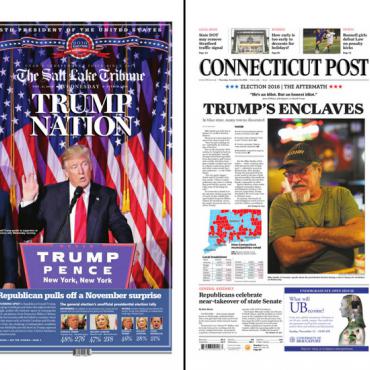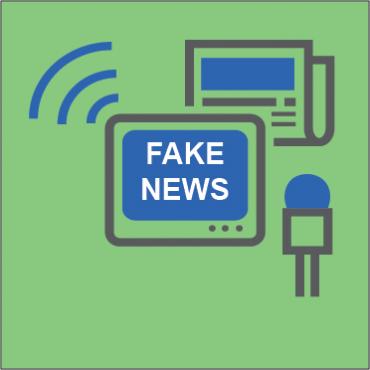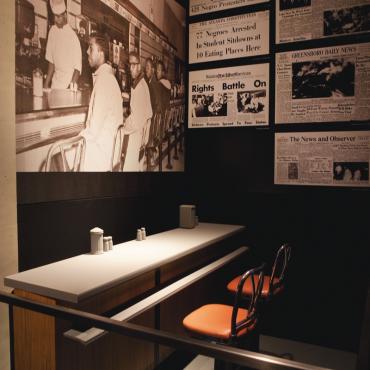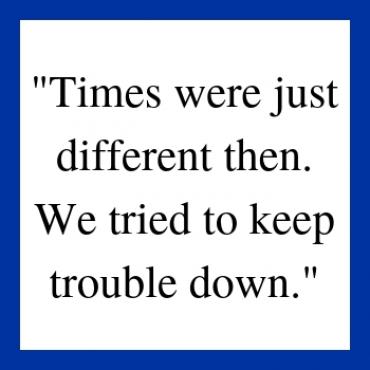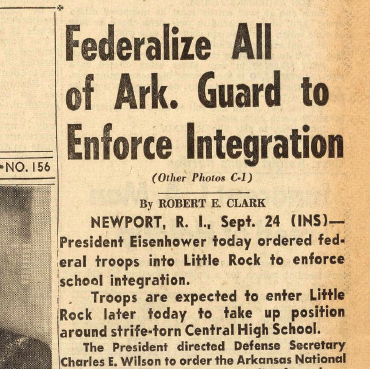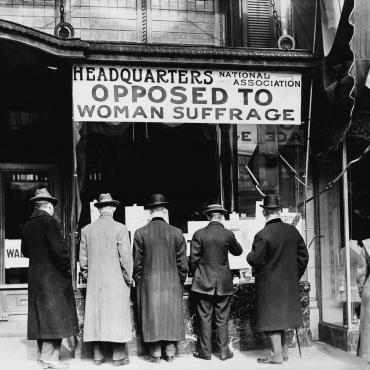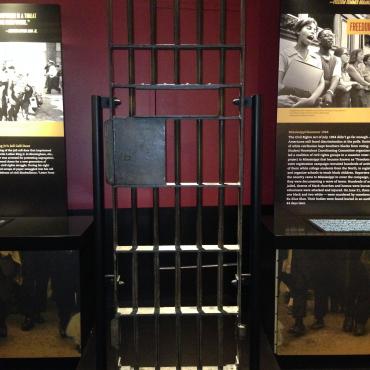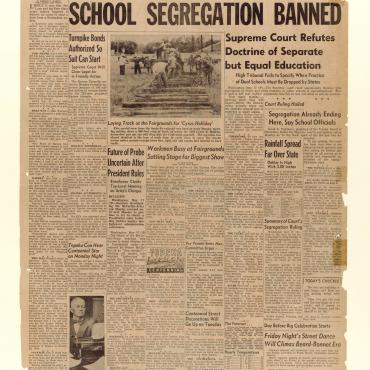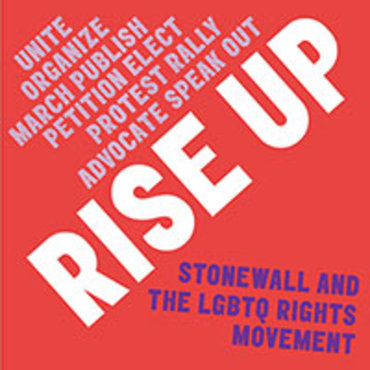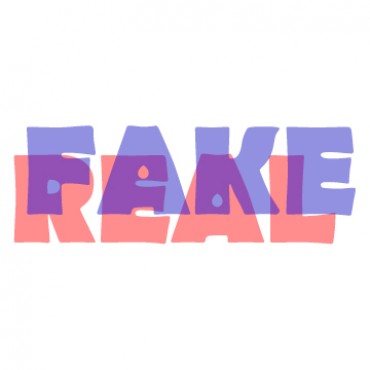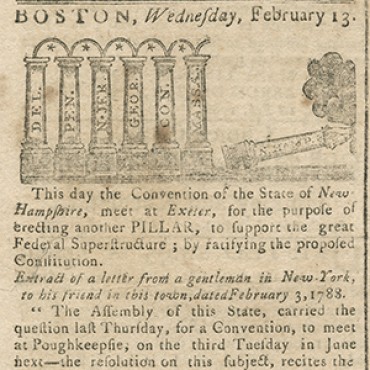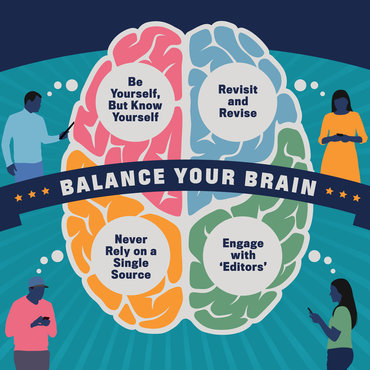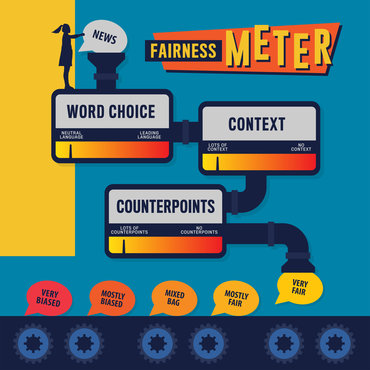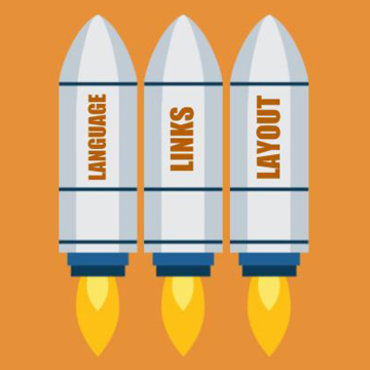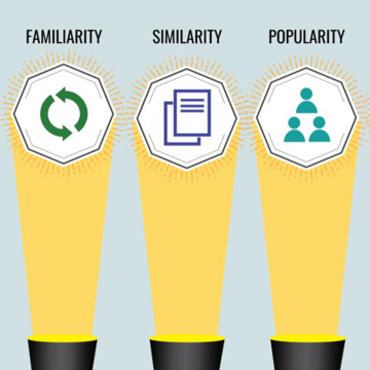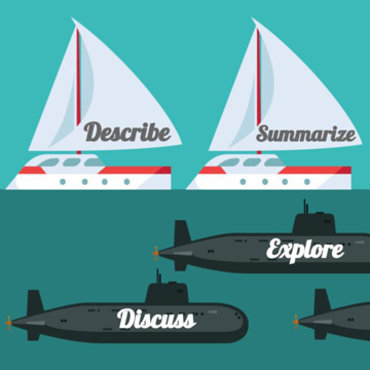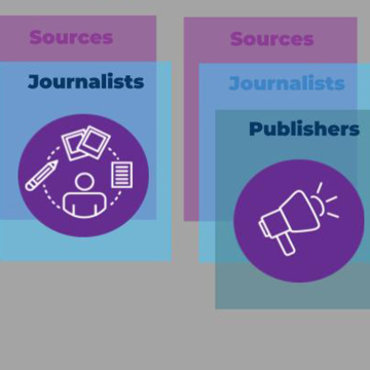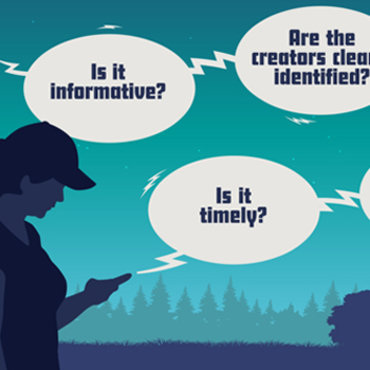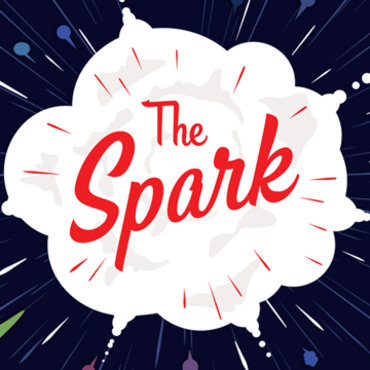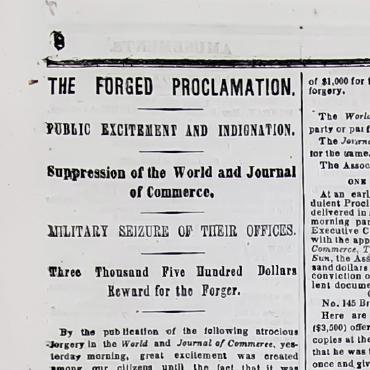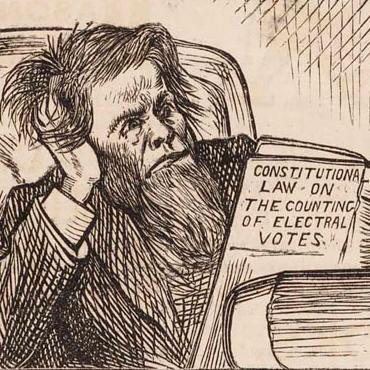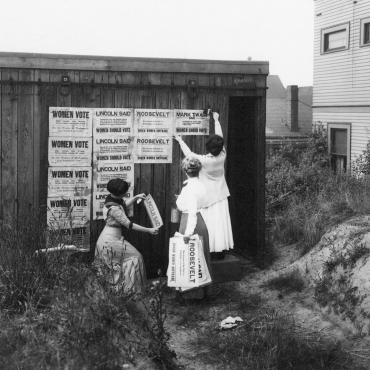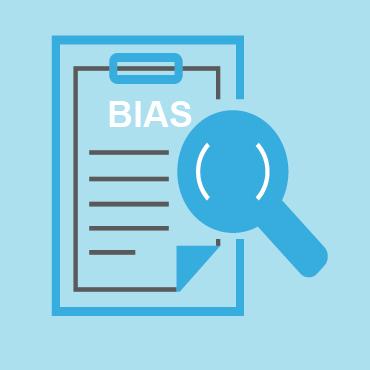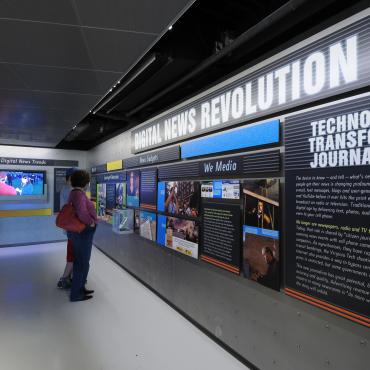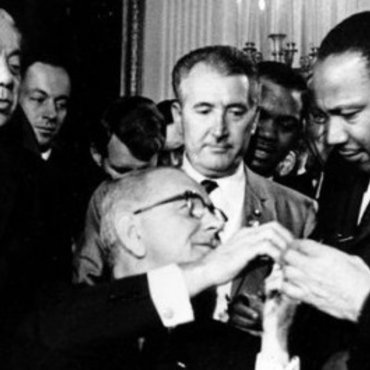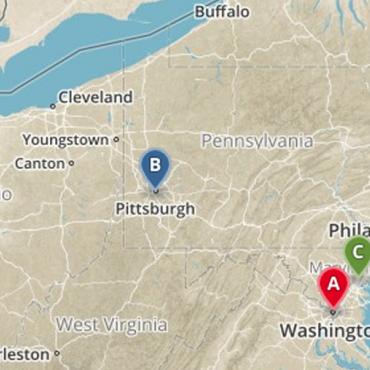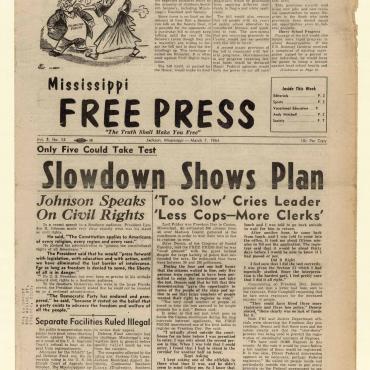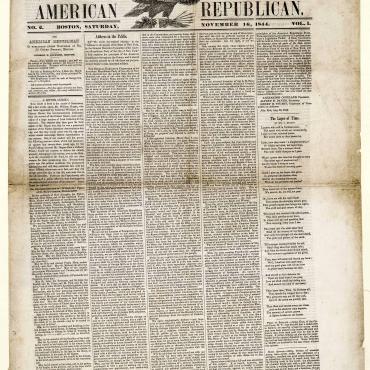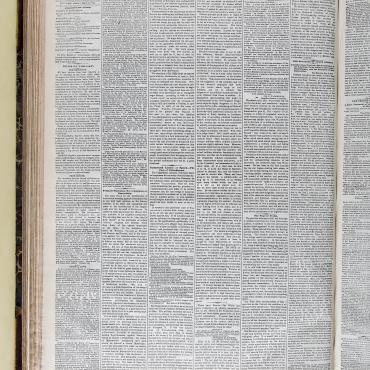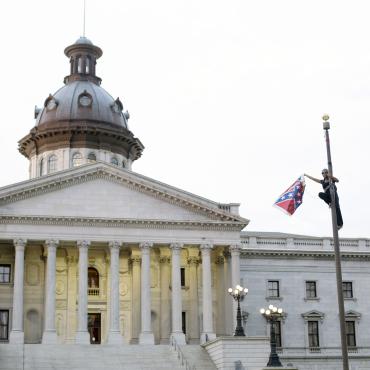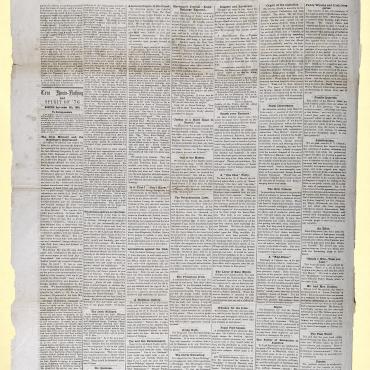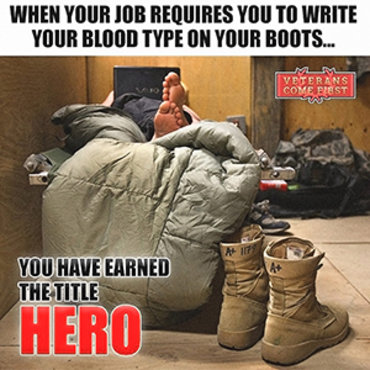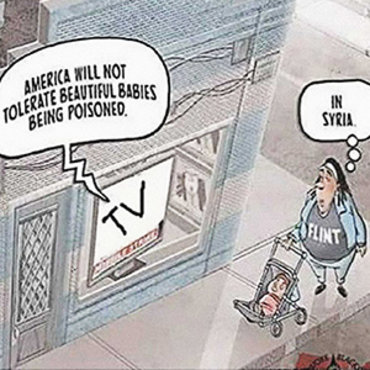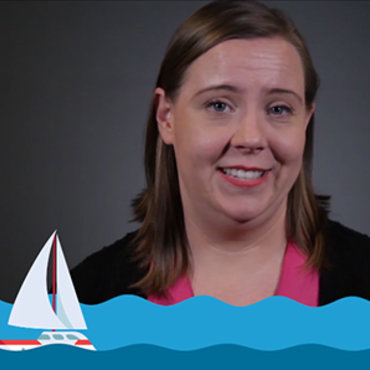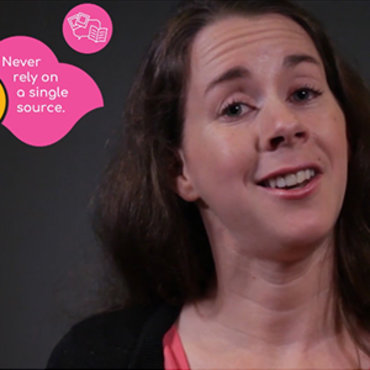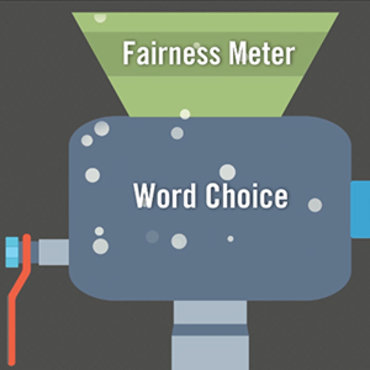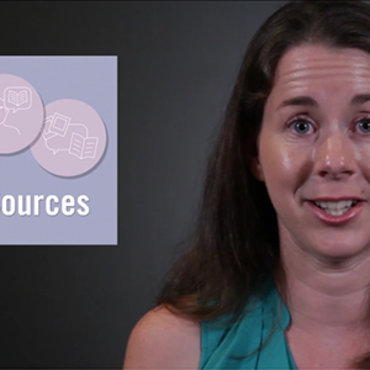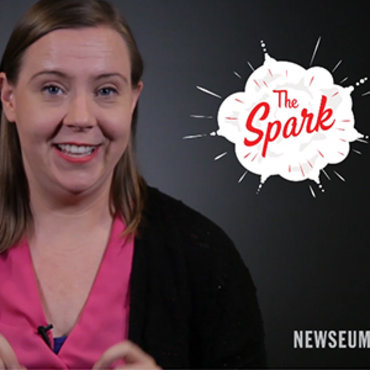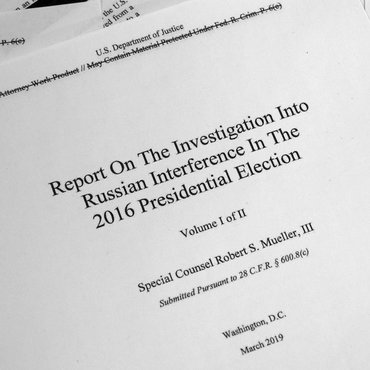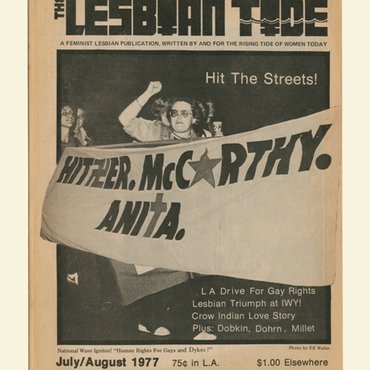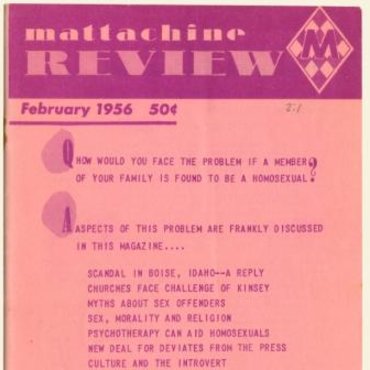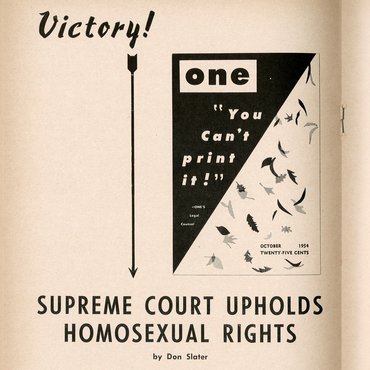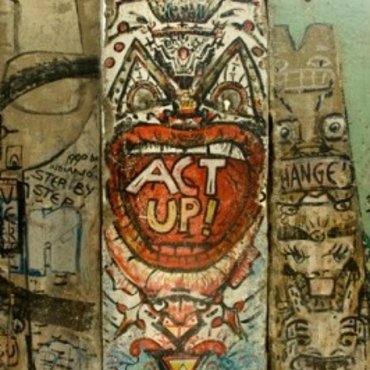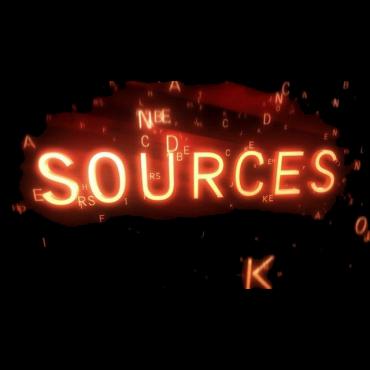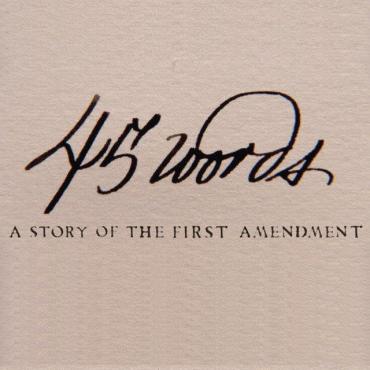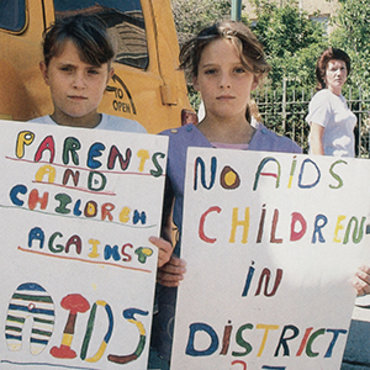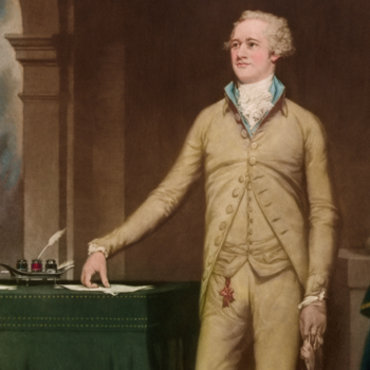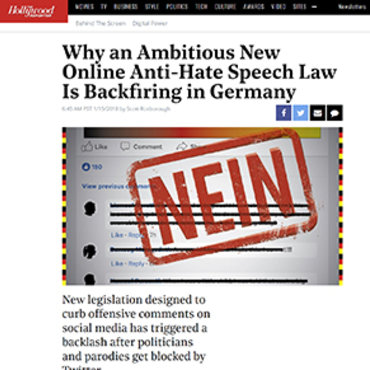Civil Rights: The Five Freedoms
Students prepare to take the First Amendment from theory to action by developing plans to address a civil rights issue in their community.
Get even more great free content!
This content contains copyrighted material that requires a free NewseumED account.
Registration is fast, easy, and comes with 100% free access to our vast collection of videos, artifacts, interactive content, and more.
NewseumED is provided as a free educational resource and contains copyrighted material. Registration is required for full access. Signing up is simple and free.
With a free NewseumED account, you can:
- Watch timely and informative videos
- Access expertly crafted lesson plans
- Download an array of classroom resources
- and much more!
- Civil Rights
- Current Events
- Journalism
- Politics
- 6-12
(Note: For more support, see expanded procedure in downloadable lesson plan.)
- In advance, review the sample worksheet at the end of this packet. You may wish to distribute it to students, as well.
- As a class, read the First Amendment and define each of the five freedoms.
- Look at the NewseumED civil rights timeline (below) to see how activists used these freedoms to advocate for change.
- Explore the Newseum-created images in the “The Freedom to Make a Change Posters” NewseumED Pinterest board.
- Discuss which freedoms were used.
- Divide the class into small groups and create plans to address the civil rights issue chosen in lesson 1, Identifying Community Issues. This is done by completing the First Amendment as a Tool for Change worksheet.
- Once the worksheet is completed, have the groups turn it into a multimedia project.
- Groups will then present their projects to the class and decide on a single reachable goal and how to achieve that goal.
- Last, groups create a multimedia project about the community goal and plan to achieve it. They pitch their project to their peers, and vote for one to pursue as a class.
- The Five Freedoms: A Tool for Change worksheet (download), at least one per small group.
- Internet access
To help the class decide which project to complete, ask them to consider:
- Which of these goals seems most worthy and why? Which seems most attainable and why? Is there any overlap or compromise between worthy and attainable goals?
- Which steps seem most likely to lead to these goals? In what order do the steps need to be executed?
- Where will this plan likely encounter obstacles? What might the obstacles be, and how will you overcome them?
- Which of the five freedoms is most important to addressing this issue? Do you think these freedoms will always be the most important, or will their ranking vary depending on the issues and goals at hand?
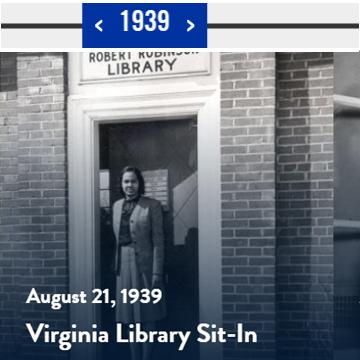
Civil Rights Movement Timeline
Civil Rights Movement Timeline
Coming Up Short: Find a news story about a project or protest that did not fully achieve its intended goal, such as a fundraising campaign that fell short of its goal, a protest from the “Occupy Wall Street” movement that disbanded before achieving all of its goals, etc. You can also choose an event or events from the timeline that did not achieve its intended goal. Where did the project go wrong? Was it able to achieve any part of its goal? Have your students create a hypothesis for why the project they selected only partially achieved its goal, and use evidence from the article, timeline entries and/or additional research to support their theory. What lessons can be learned from these examples?
-
Common Core State Standards: CCSS.ELA-LITERACY.CCRA.R.7
Integrate and evaluate content presented in diverse media and formats, including visually and quantitatively, as well as in words. -
Common Core State Standards: CCSS.ELA-LITERACY.CCRA.SL.4
Present information such that listeners can follow the line of reasoning and the organization, development, and style are appropriate to task, purpose, and audience.
-
NCSS C3 Framework: D2.Civ.14.6-8 and D2.Civ.14.9-12
6 - 8: Compare historical and contemporary means of changing societies, and promoting the common good. 9 - 12: Analyze historical, contemporary, and emerging means of changing societies, promoting the common good, and protecting rights. -
NCSS C3 Framework: D2.Civ.8.6-8 and D2.Civ.8.9-12
6 - 8: Analyze ideas and principles contained in the founding documents of the United States, and explain how they influence the social and political system. 9 - 12: Evaluate social and political systems in different contexts, times, and places, that promote civic virtues and enact democratic principles. -
NCSS C3 Framework: D3.1.6-8 and D3.1.9-12
6 - 8: Gather relevant information from multiple sources while using the origin, authority, structure, context, and corroborative value of the sources to guide the selection. 9 - 12: Gather relevant information from multiple sources representing a wide range of views while using the origin, authority, structure, context, and corroborative value of the sources to guide the selection
-
ISTE: 3a. Knowledge Constructor
Students plan and employ effective research strategies to locate information and other resources. -
ISTE: 3c. Knowledge Constructor
Students create collections of artifacts that demonstrate meaningful connections or conclusions. -
ISTE: 3d. Knowledge Constructor
Students build knowledge by actively exploring real-world issues and problems.
-
National Center for History in the Schools: NCHS.US History.Era 10
Standard 1: Recent developments in foreign policy and domestic politics Standard 2: Economic, social, and cultural developments in contemporary United States
-
National Council of Teachers of English: NCTE.8
Students use a variety of technological and information resources (e.g., libraries, databases, computer networks, video) to gather and synthesize information and to create and communicate knowledge.
-
Center for Civic Education: CCE.V
A. What is citizenship? B. What are the rights of citizens? C. What are the responsibilities of citizens? D. What civic dispositions or traits of private and public character are important to the preservation and improvement of American constitutional democracy? E. How can citizens take part in civic life?
-
NCSS Curriculum Standards: NCSS 1
Learners will understand how human beings create, learn, share and adapt to culture. -
NCSS Curriculum Standards: NCSS 5
Students know how institutions are formed, maintained and changed, and understand how they influence individuals, groups and other institutions. -
NCSS Curriculum Standards: NCSS 6
Learners will develop an understanding of the principles, processes, structures and institutions of government, and examine how power and authority are or have been obtained in various systems of government. -
NCSS Curriculum Standards: NCSS 10
Learning how to apply civic ideals to inform civic action is essential to participation in a democracy and support for the common good.
